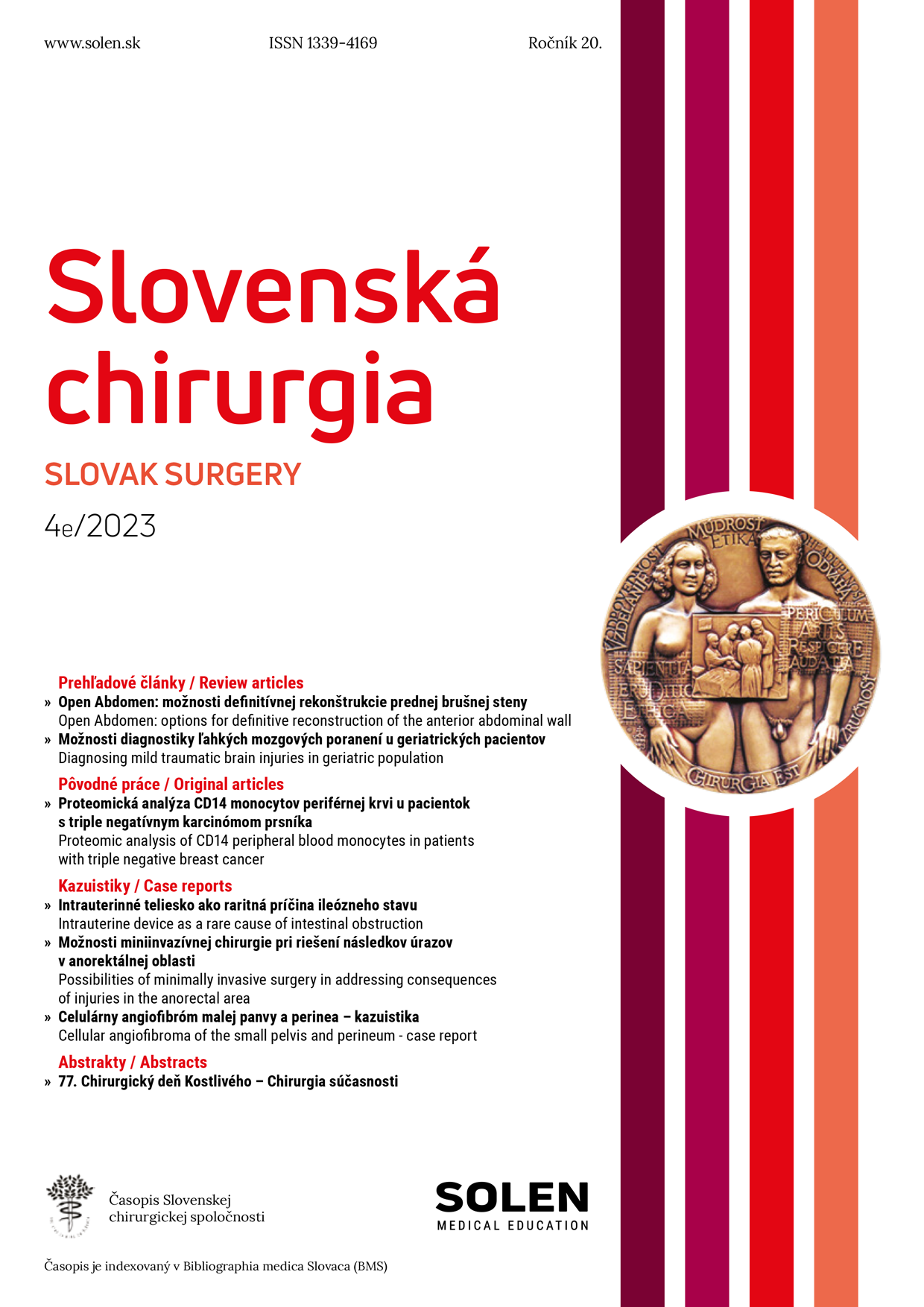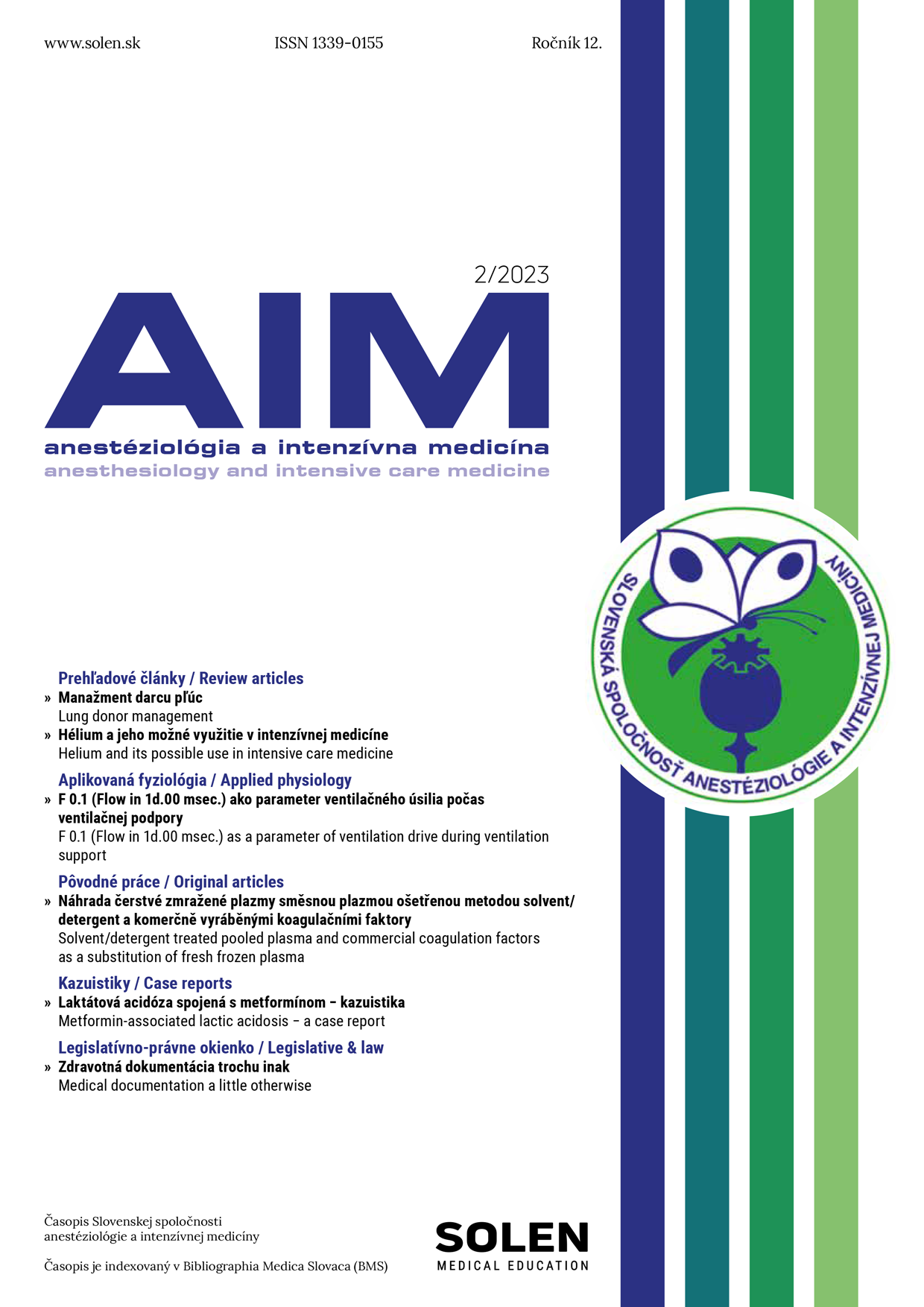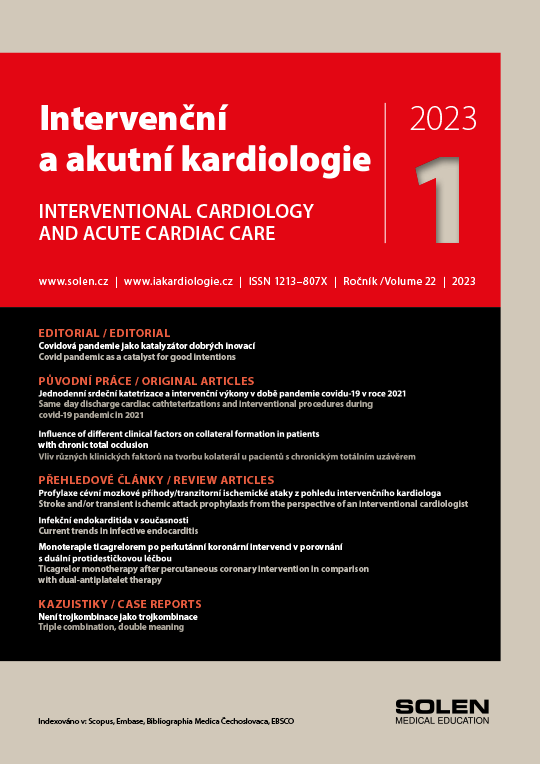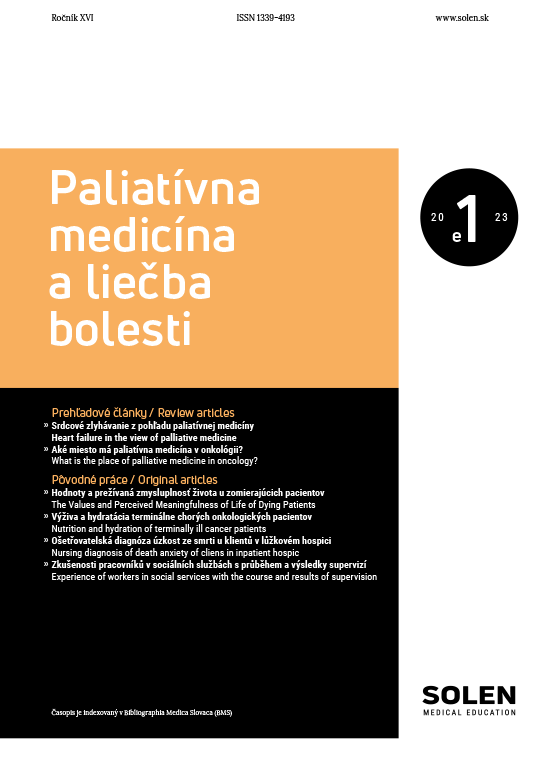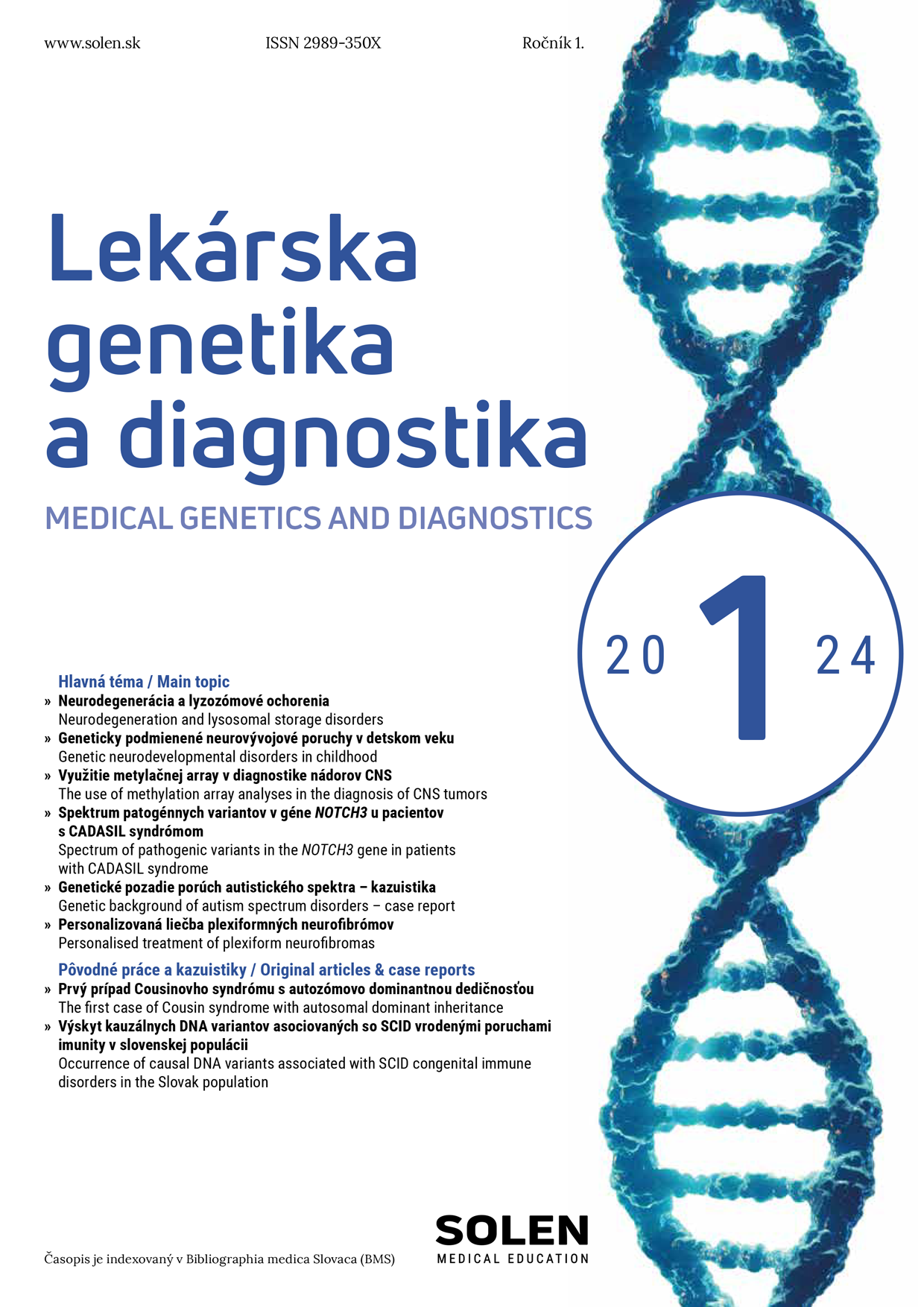Paliatívna medicína a liečba bolesti 1e/2016
Vybrané aspekty umierania a smútenia
PhDr. Jana Nemcová, PhD., Mgr. Michaela Miertová, PhD., Mgr. Anna Ovšonková, Mgr. Edita Hlinková, PhD., Mgr. Radka Kurucová, PhD.
Cieľ: Cieľom štúdie bolo zistiť, aké boli najčastejšie príčiny úmrtia blízkej osoby/rodinného príslušníka, kde nastalo úmrtie a kto predstavoval pre pozostalých sociálnu podporu po smrti blízkej osoby. Dizajn: Kvantitatívna prierezová štúdia. Metódy: Do výskumnej štúdie sa zapojilo 53 respondentov z regiónu Turiec, z toho 86,8 % žien a 13,2 % mužov. Na zber empirických údajov bol použitý dotazník vlastnej konštrukcie. Výsledky: Respondenti za najťažšiu stratu považovali úmrtie svojho rodiča/svojich rodičov (43,3 %). Najviac uvádzanými okolnosťami straty bolo úmrtie po dlhej chorobe (52,8 %). Najčastejším miestom úmrtia bola nemocnica (54,7 %). Rodina predstavovala hlavný zdroj sociálnej opory v čase do úmrtia blízkej osoby (M = 1,45 ± 0,95) a od jej úmrtia do pohrebu (M = 1,43 ± 0,88). Vyššiu mieru podpory zo strany okolia, komunity pociťovali respondenti žijúci na dedine/v obci. Najvyššiu mieru podpory zo strany duchovnej komunity pociťovali respondenti s rímskokatolíckym vierovyznaním. Záver: Problematika úmrtia a s tým spojeného smútenia po strate blízkej osoby si vyžaduje pozornosť aj zo strany pomáhajúcich profesií vrátane zdravotníckych profesionálov, ktorí sa bezprostredne dostávajú do kontaktu s pozostalými.
Kľúčové slová: umieranie, smútenie, pozostalí
Selected aspects of dying and grieving
Aim: The aim of the study was to find out what were the most common causes of dying of family member, where death occurred and who represented survivors social support after the death of a loved one. Design: The quantitative cross-sectional study. Methods: In a research study, involved 53 respondents from the region Turiec, of which 86.8 % women and 13.2 % men. The collection of empirical data was used a questionnaire of our own design. Results: The respondents considered the most difficult loss of the death of your parent/her parents (43.3 %). Most losses were the circumstances posited death after a long illness (52.8 %). The most common place of death was the hospital (54.7 %). The family has been the principal source of social support in time to bereavement (M = 1.45 ± 0.95) and from the death to the funeral (M = 1.43 ± 0.88). A higher degree of support from the neighborhood, the community felt the respondents living in a village. The highest rate of support from respondents felt the spiritual community of the Roman Catholic Church. Conclusion: The issue of death and associated grieving after the loss of a loved one requires care and by helping professions, including medical professionals who are directly brought into contact with survivors.


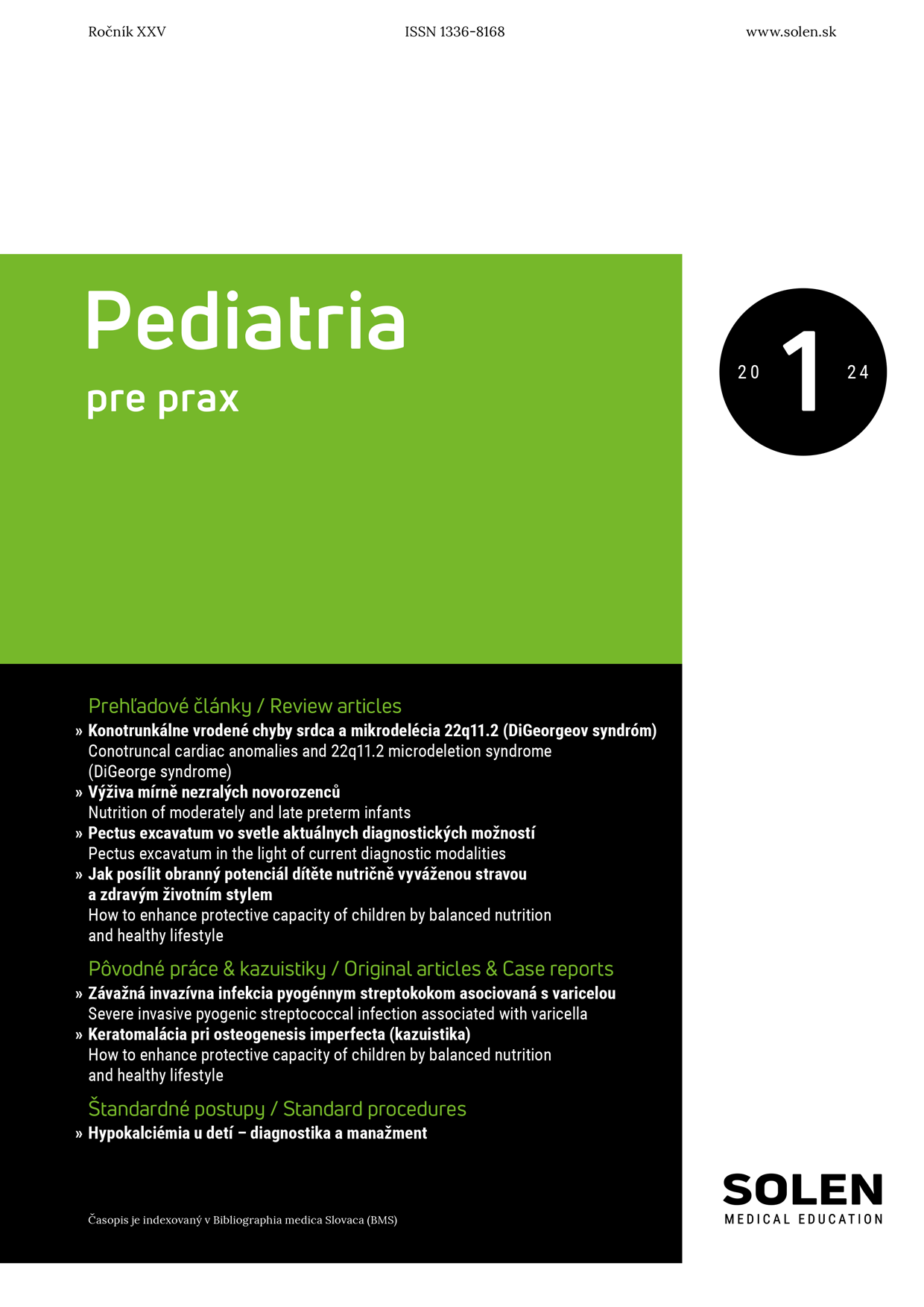
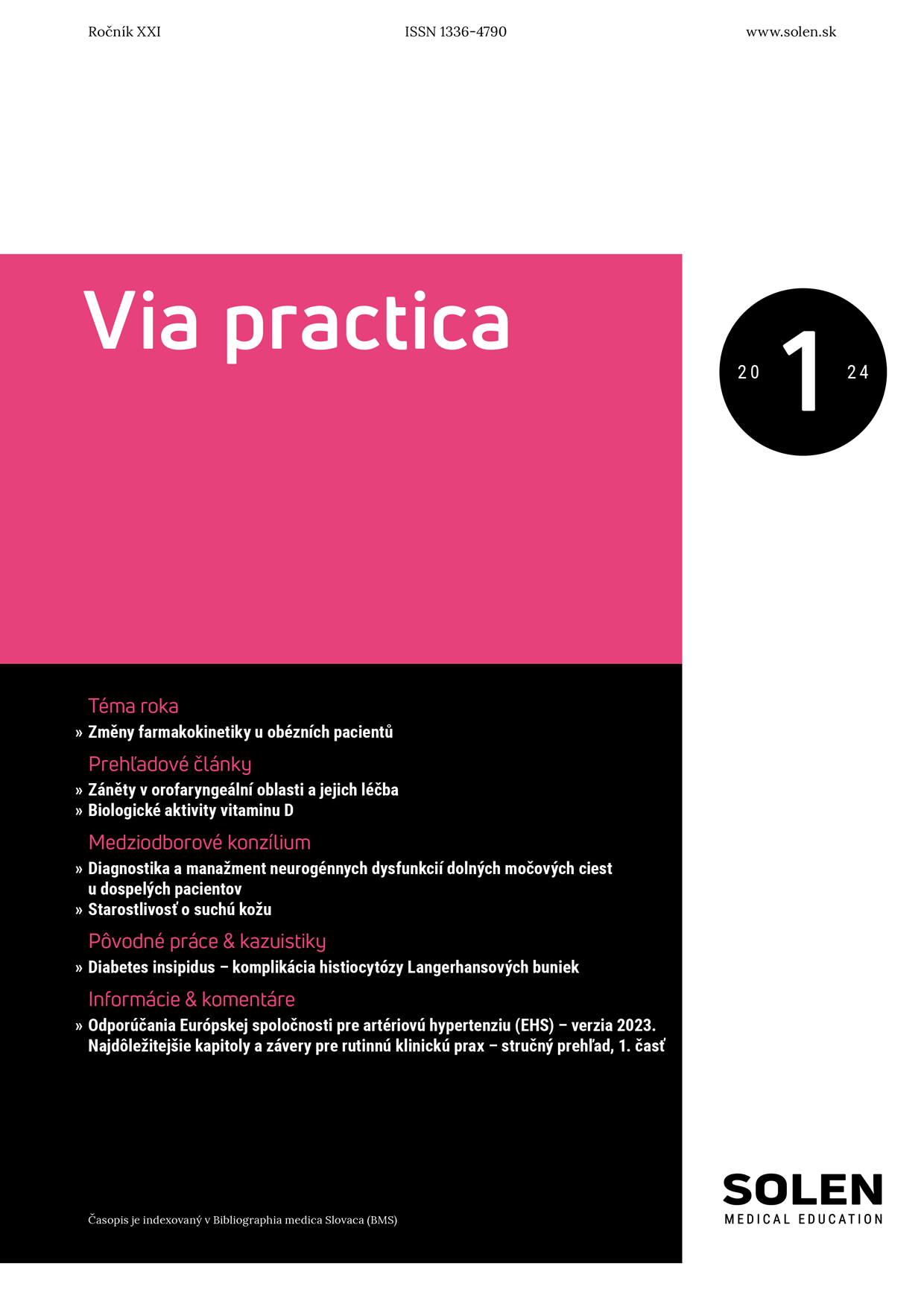
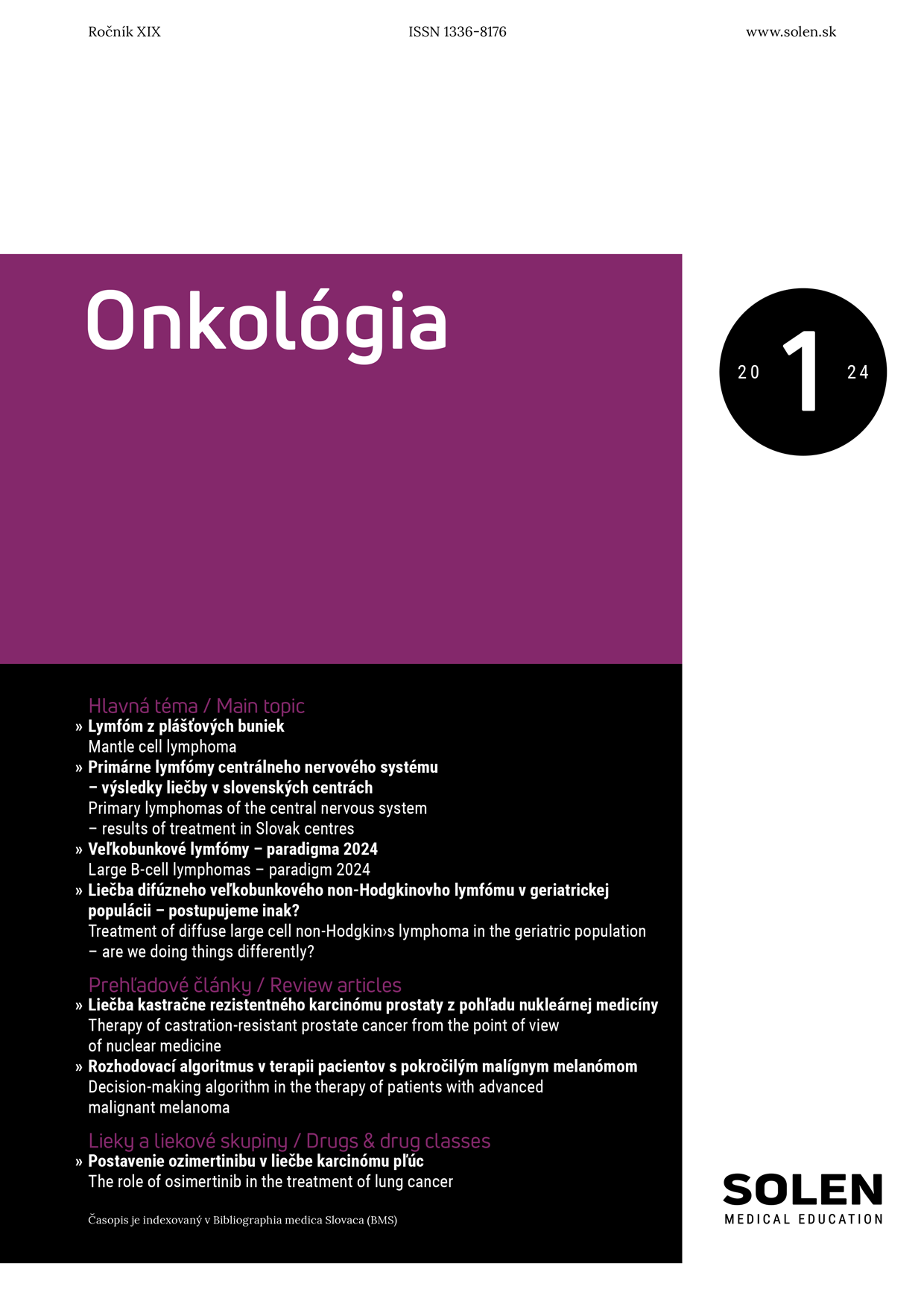
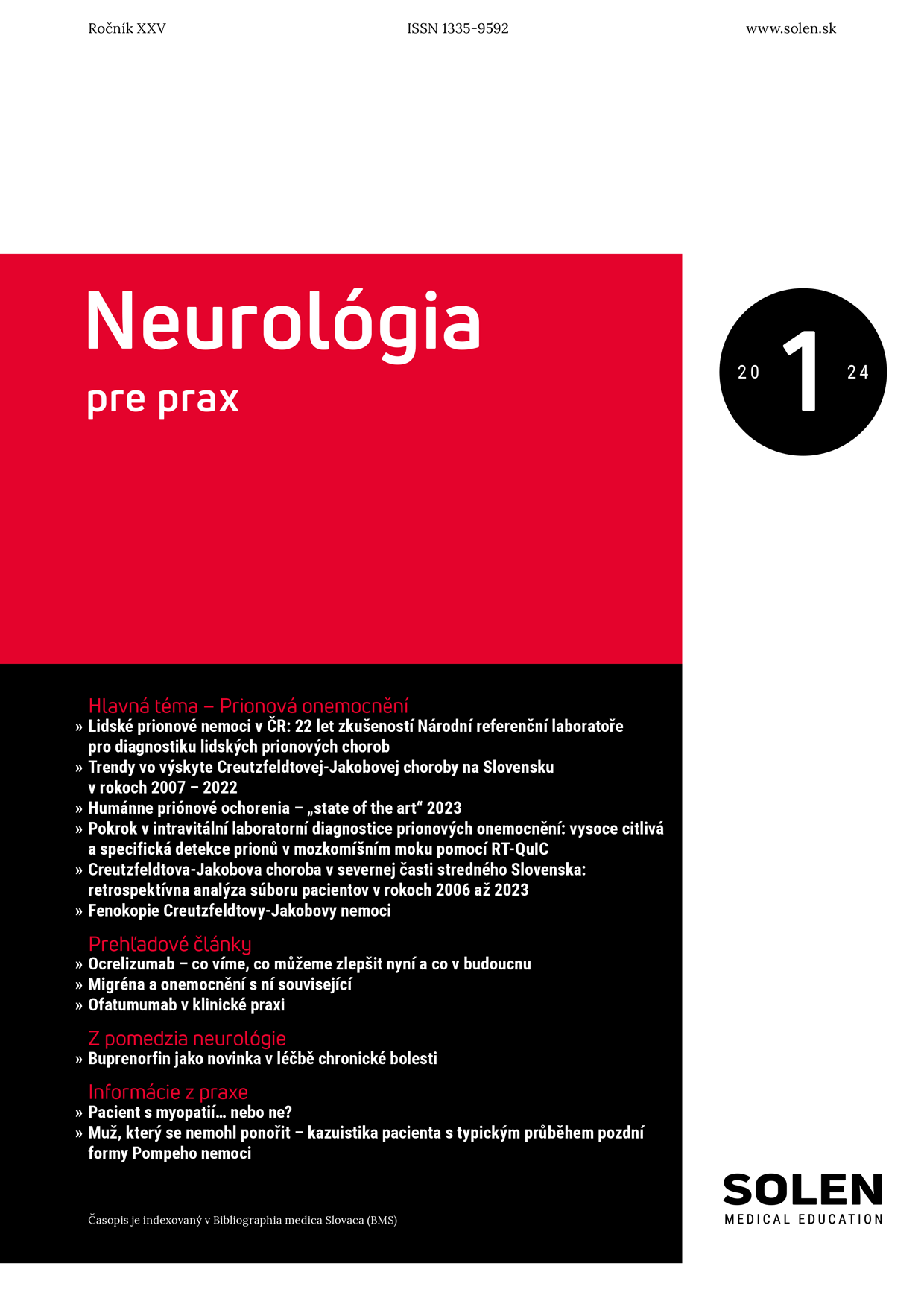
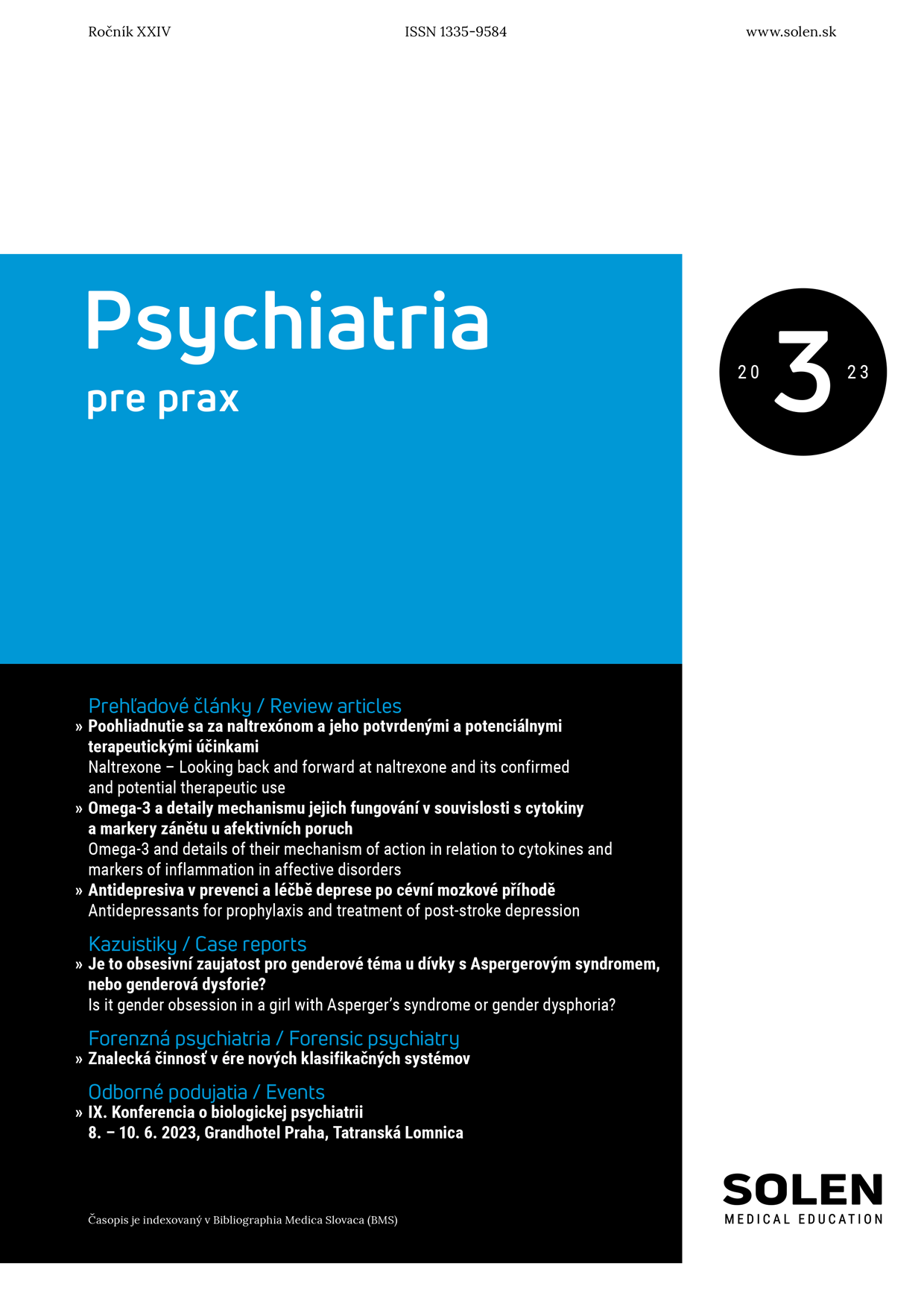
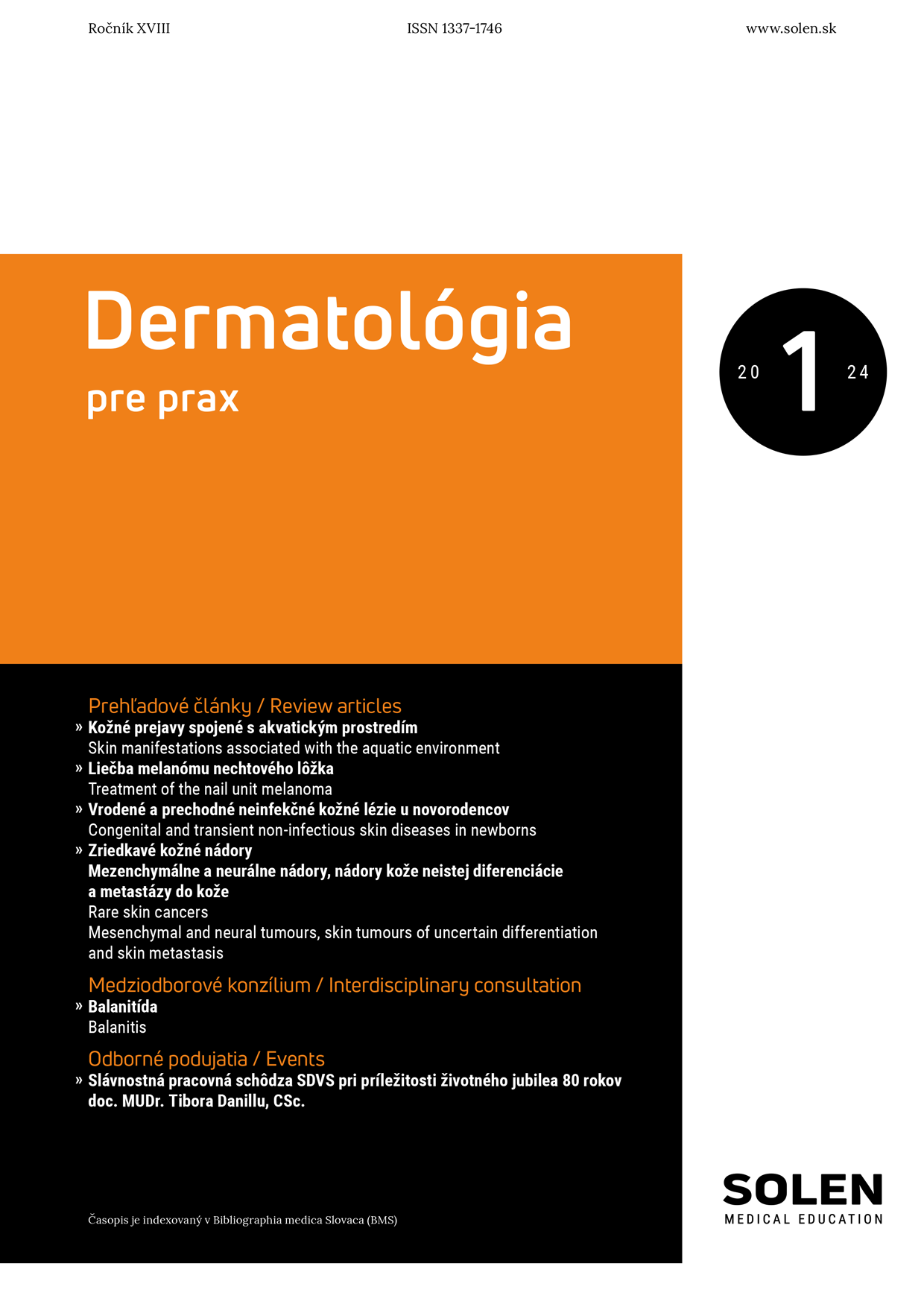
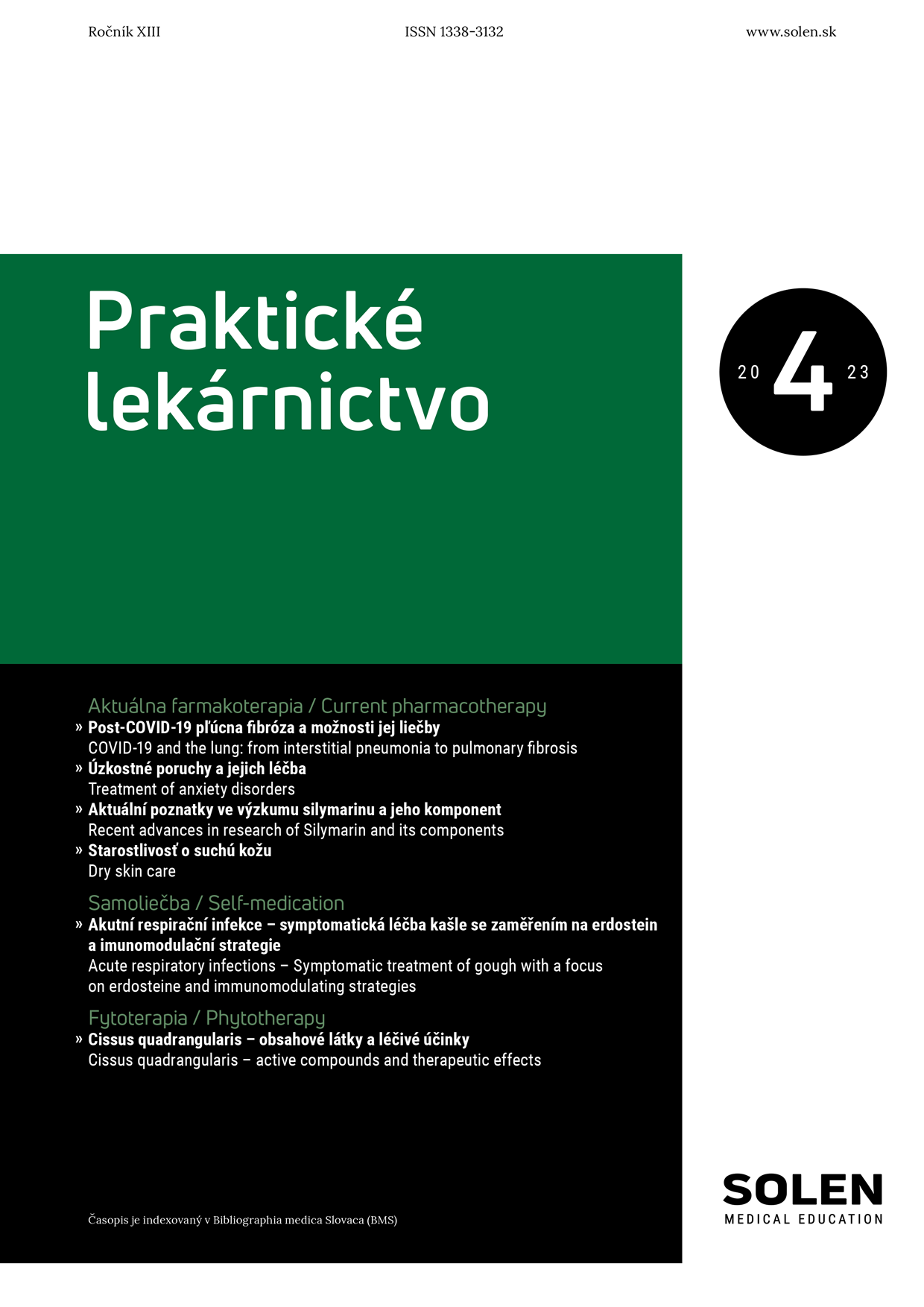
-1.png)
